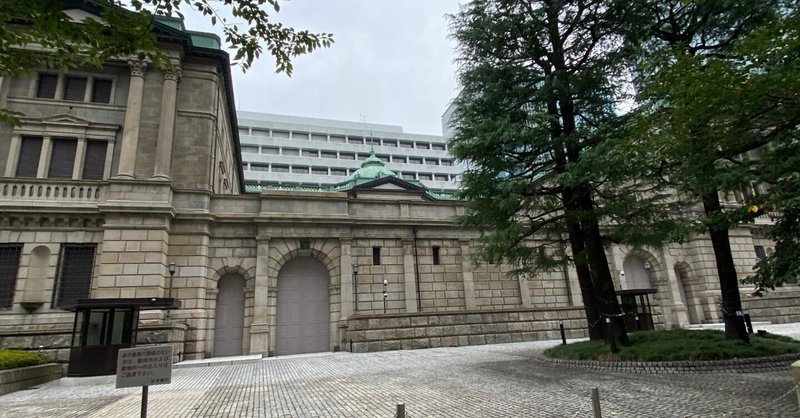
Swamped BOJ's balance sheet
New year has come. Last year was full of historic events for the JGB market, but at the heart of it all was the BOJ's bloated BS. The JGBs that BOJ is limitlessly buying spree have exceeded 500 trillion yen, which means a slight rise in interest rates has led to huge valuation losses.
According to the BOJ's announcement, the amount of long-term JGBs purchased in December 2022 reached 16.189 trillion yen, bringing the annual purchases to 111.607 trillion yen, the highest level since 2016 (119.241 trillion yen) when the YCC was introduced.
As a result, half of all JGBs outstanding are now held by the BOJ. It would be hard to escape the charge that the BOJ is engaging in fiscal finance, which is in fact illegal.
The consumer price index for December 2022 was +3.8% YoY, and while the BOJ has achieved consecutive 2% YoY growth in the CPI since April 2022 as governor Kuroda hoped, but even a 1% interest rate on the more than 500 trillion yen in BOJ current accounts would blow up the entire BOJ's net assets. In other words, no matter how much inflation occurs in Japan, the BOJ has become the only central bank in the world that can never raise its policy interest rate again.
On December 20, 2022, the BOJ announced a revision to the YCC in light of the dysfunctional bond market. While significantly increasing its JGB purchases, the BOJ decided to increase the range of fluctuation in long-term interest rates from about ±0.25% to ±0.50%.
Immediately following this announcement, the current 10-year Treasury rose to 0.455%, and on January 6, the 10-year yield reached the upper limit of 0.5%.
Under normal circumstances, it would be appropriate to raise the policy interest rate, as the Fed and the ECB have done, since inflation is above 3%. However, as I say many times, the current BS of the BOJ absolutely does not allow it to raise the policy rate.
That is why they have no choice but to modify the YCC, avoiding interest payments on the huge BOJ current account and enduring valuation losses. This is nothing more than a postponement of the fundamental problem.
Let us take a closer look at the BOJ's balance sheet. First, on the asset side, there are JGBs amounting to about 550 trillion yen. If further YCC revisions are required, even a small increase in yields will result in huge valuation losses.
At the same time, on the liabilities side of the balance sheet, there are approximately 500 trillion yen in BOJ current account deposits.
If the current inflation rate of 3.8% skyrockets in the future, the BOJ will need to raise its policy interest rate like other central banks, but in the case of the BOJ, the BOJ's current account deposits are too large to raise interest rate.
Thus, the BOJ is stuck with a bomb on both sides of the BS. The world's largest government debt of over 250% of GDP is a problem, but even more serious is the BOJ's BS, and you can see that the situation is completely different from that of other countries.
Coincidentally, last July, former Prime Minister Shinzo Abe, known for his Abenomics, was assassinated in a sad incident. Abenomics proved that monetary policy is the gas pedal and brake, not the engine.
Now that inflation has finally started in Japan, 2023 could be a historic year. At the very least, policy makers and economists around the world will be keeping a close eye on Japan, including the BOJ.
故郷の母と父に、何か買って送ってあげたいと思います。
